Junior transfer student spearheads first robotics team
Group is set to participate in competitive high school league with funding from Google and donors. Student-led team has six weeks to design a robot that can perform specific tasks in a sports-themed contest.
INNOVATION: Founder Seiji Shaw works with team members to build the base of the robot. Club several times a week to prepare for the competition that will take place March 10.
February 7, 2016
With $20,000 in its budget from Google and other grants, Shalhevet’s first-year robotics team plans to jump over entry-level meets and compete with more experienced teams like Beverly Hills High and Milken Community High School.
Junior Seiji Shaw formed the club after transferring to Shalhevet from Lowell High School in San Francisco this year. The money is important because it means the team can buy more advanced equipment to work with, and can build its own parts rather than assembling purchased ones.
“With more money the team will have more tools, and with more tools there is more flexibility to create a more impressive robot,” Seiji said in an interview.
The new club has already qualified as a team in the FIRST — For Inspiration and Recognition of Science and Technology – Robotics Competition league, which is holding a competition in Long Beach March 10.
Participating teams got their assignments Jan. 9, giving them six weeks to build their robots. This year’s theme is medieval and robots must be able to pass different types of defenses that opponents set up, while shooting balls into a goal on their side of the field. If the robot shoots enough balls into the goal, it can capture the opponent’s goal.
Points will also be allocated if the robot scores or passes the defenses.
Before Seiji could even think of entering the competition, however, he had to first receive funding. Once Seiji had compiled a team of interested students, he was eligible for a $6,000 “rookie grant” from the Argosy Foundation — $4000 to spend this year and $2000 for next year.
Meanwhile, sophomore club members Sam and Zack Hirschhorn asked their father for help from Google. Mr. Gary Hirschhorn is a software developer for the company, which has a budget set aside for FRC teams and gave $5,000.
With additional funding from donors who wished to remain anonymous, the team managed to reach its goal of $20,000. The club intends raise even more money to use for more tools and supplies, maintenance equipment and a 3D printer, along with team t-shirts, transportation and hotel for the competition in Long Beach.
The printer is for something called “rapid prototyping,” — mock-up body parts, which are smaller and less expensive scale versions for when the team is in the experimenting and building phase.
It can also print iPhone cases with Shalhevet logos, which team members plan to sell for a fundraiser.
“We have been making great progress so far,” said sophomore team member Maia Julis. “We are also in the process of sending other organizations letters to donate.”
Most beginning teams enter something called the First Tech Challenge, and when Seiji first contacted Shalhevet’s administration, officials said that the robotics team would compete at that level, which is where YULA competes. This program tries to expose students to robotics and STEM in a fun way by forming competitions.
But Seiji thought Shalhevet could go up another level and enter FRC.
“At first Shalhevet was going to do the same thing YULA was going to do,” Seiji said. “I thought we can go the whole way and do FRC.”
The lower level brings in students from middle school in addition to high school students and plays on a smaller field.
But the bigger difference is that FRC teams must machine their own parts, while the lower level teams receive their parts from FIRST.
“Coming from an FRC team, I feel that doing FRC would be much more valuable because of what it brings to the table,” Seiji said.
The Robotics team is separate from CIJE (Center for Initiatives in Jewish Education) classes that meet after school twice a week. CIJE students are broken up into small groups, whereas Robotics Club is one team working together to do one project. Also CIJE doesn’t necessarily work on robots
The new club has also done smaller projects in preparation for building the robot for the competition, such as assembling its 3D printer and holding small tutorial workshops on coding.
“So far we have been learning coding and more, to prepare for the competition,” said Zack Hirschhorn. “I am so excited for the competition and can’t wait to see what the game will be.”
At first there were more than 20 members on the team, but the number dropped to 15 to 20 members because people didn’t have time or weren’t interested. Most are sophomores and juniors who don’t participate in CIJE.
They meet for an hour-and-a-half every day of the week except for Friday and Saturday.
The robotics teams’ faculty adviser right now is Shalhevet IT director Mr. Yossie Frankel, though Seiji is teaching the programming and the electronic workshops and the whole team is student-run. Mr. Frankel supervises the students, signs forms and is the liaison with FIRST.

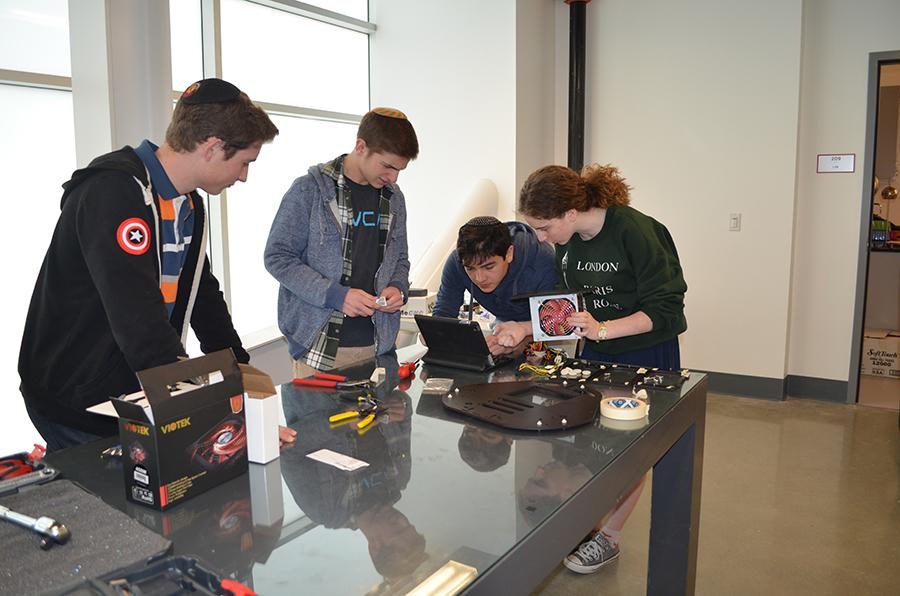
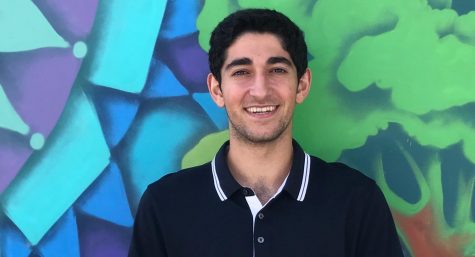
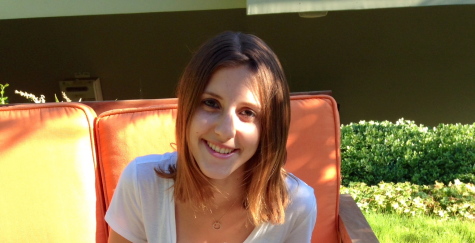

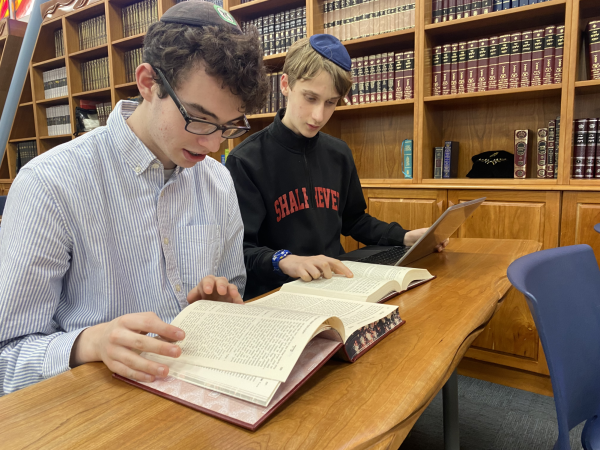
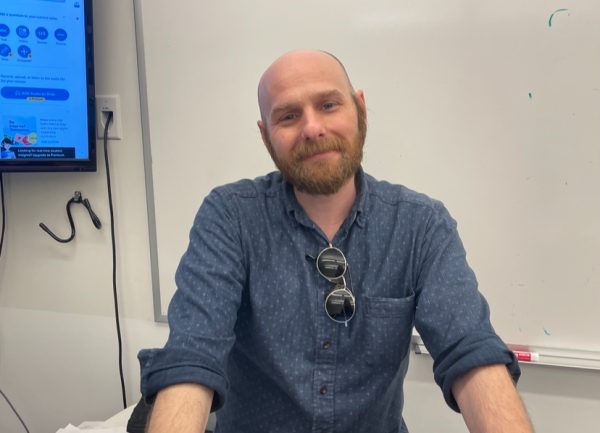
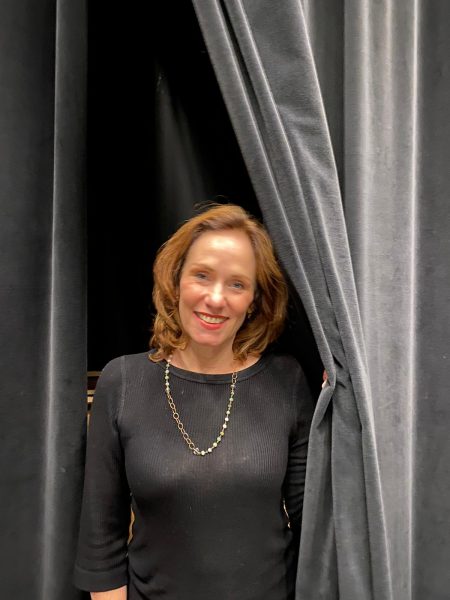

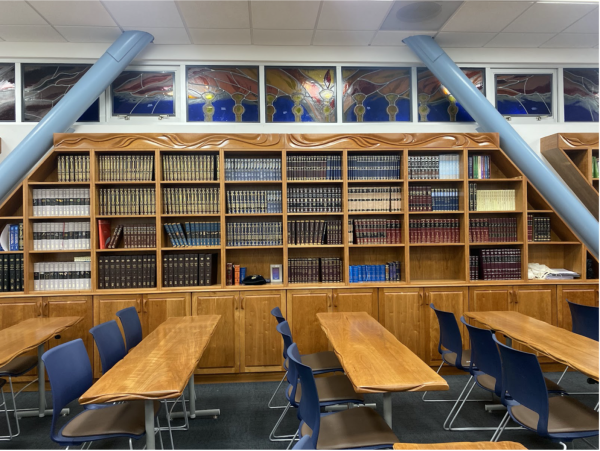
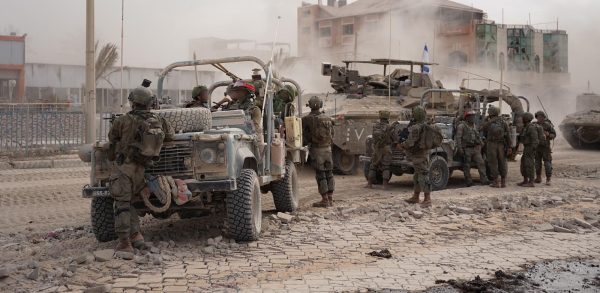

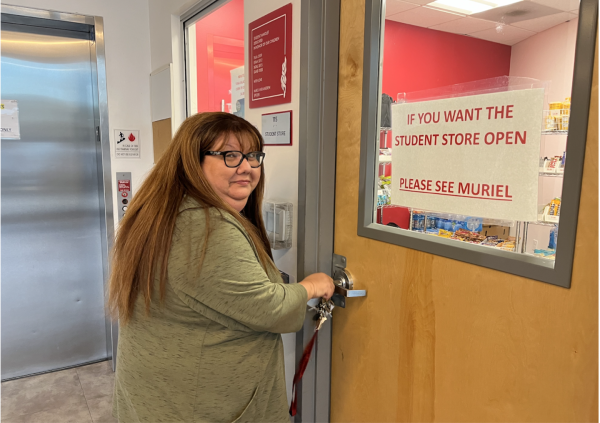

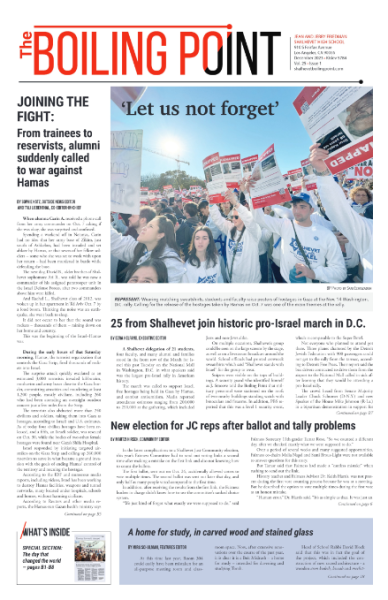
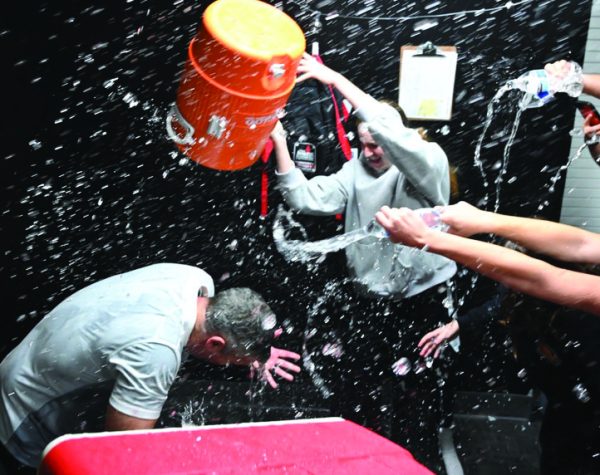
Concerned YULA Student • Feb 8, 2016 at 3:51 pm
(Revised version of a previous comment) First of all, great job Benny on the beautifully written article. This article concerned me though, as it seems to me that it goes out of its way to put down YULA’s robotics team, whether that was intentional or not. In the article makes it seem that the FTC competition is on a lower level or easier than the FRC competition. However, that is not the case. Yes, the FRC teams must machine their own parts, but the distinction is not that simple. In fact, the competitions have different goals. The FTC competition is geared towards smaller team sizes (which is actually more suitable for both YULA and Shalhevet) and hands-on work with the robot for every student. A FIRST Technology Challenge affiliate clearly states “FTC students are more likely to be able to get hands-on engagement with the robot, whereas some students from the FRC program are not”. YULA chose the FTC challenge for a reason, it supplies students with an experience that will benefit them more than the FRC competition.
Sources:
http://nwcougarrobotics.weebly.com/first-tech-challenge.html
J Mizrahi • Feb 8, 2016 at 3:27 pm
First of all, great job Benny on the beautifully written article, It clearly displayed the capability and dedication of the student body of Shalhevet. I would just like to point out one thing, this article makes it seem that the FTC competition is on a lower level or easier than the FRC competition. Yes, the FRC task is more complicated, but the competitions have different goals. A FIRST Technology Challenge affiliate clearly states “FTC students are more likely to be able to get hands-on engagement with the robot, whereas some students from the FRC program are not”. YULA chose the FTC challenge for a reason, it supplies students with an experience that will benefit them more than the FRC competition. I would also like to point out that along side Genesis, YULA has raised in excess of two million dollars. This money has not only been put to use supplying our school with high tech equipment like an Oculus Rift and three 3-D printers, but it has also been put to use helping to teach underprivileged children and teens about technology.